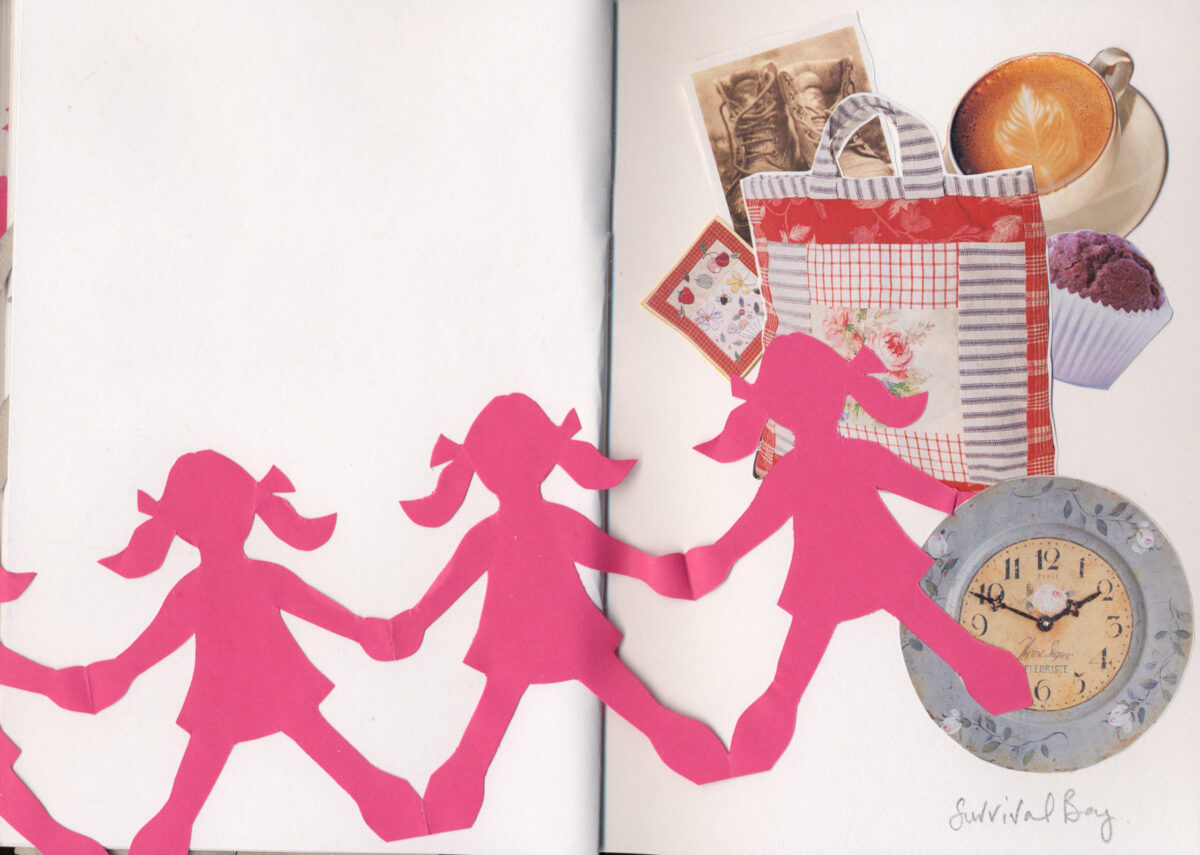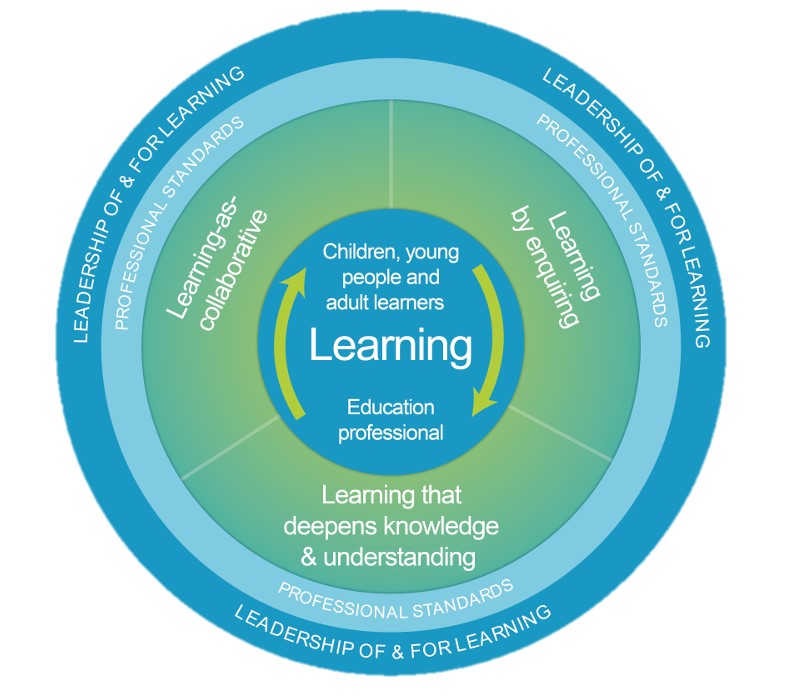When you think of collage, your mind might go to school art projects or the avant-garde works of early 20th-century artists. But collage is far more than just an artistic technique. In fact, it’s increasingly recognised as a powerful method for qualitative research, particularly in areas like professional learning, where complex ideas and relationships demand more than traditional forms of representation.
What is Collage, Really?
The word collage comes from the French verb coller, meaning “to glue.” While its origins are simple, the implications for art—and now research—are anything but. The term first gained traction in the 19th century, used to describe the pasting of wallpapers and posters. However, it wasn’t until the early 20th century that collage became an artistic phenomenon, thanks to the Cubists of the 1930s. Artists like Picasso and Braque pioneered papier collé, which involved gluing paper fragments onto flat surfaces, creating dynamic and layered works that challenged the conventions of painting.
But what makes collage so interesting isn’t just the technique—it’s the philosophy behind it. According to Etgar (2019), collage emphasizes the meeting points between fragments, drawing attention to the edges where one image encounters another. This focus on juxtaposition allows for new meanings to emerge, turning collage into a form of visual critique. In a sense, collage is about disrupting the seamlessness of traditional art forms, asking us to look closer at the seams and intersections between pieces. It’s an artistic rebellion against smoothness and coherence.
Collage vs. Montage: A Critical Distinction
It’s easy to confuse collage with montage, but they are fundamentally different. Montage, derived from the German montieren, means “to assemble” and suggests a smooth, cohesive final product. Think of it as the factory-line version of artistic composition. In contrast, collage is intentionally fragmented and disruptive. As artist John Stezaker puts it, “Montage is about producing something seamless and legible, whereas collage is about interrupting the seam and making something illegible” (Stezaker, cited in Elliot, 2019). This illegibility, this refusal to be neat, is what makes collage such a rich medium for exploring complex, layered ideas.
Why Use Collage in Research?
So, why does this matter for research, especially in professional learning? In a field where understanding relationships—between people, ideas, and practices—is critical, collage offers a way to visually explore and represent these connections.
In qualitative research, collage has been described as a “representational arts-informed form of inquiry” that uses abstract and metaphorical representations to disrupt the normative ways we understand the world (Plakoyiannaki & Stavraki, 2018). This is particularly valuable in professional learning, where traditional data collection methods like interviews and surveys may not fully capture the nuance and complexity of experiences. Collage allows researchers to explore the margins, the spaces where new meanings emerge, much like how it does in art.
Collage as a Tool for Disruption
One of the reasons collage is so powerful in research is because it refuses to be tidy. It disrupts traditional modes of representation, inviting viewers—and researchers—to question what they see and how they interpret it. In professional learning, this is particularly useful. How do we make sense of fragmented experiences, or the multiple layers of identity and practice that professionals bring to their work? Collage offers a way to navigate these complexities without forcing them into neat boxes.
It also opens up opportunities for critical engagement. By making the seams visible, collage asks us to think about what holds things together—or pulls them apart. This kind of critical reflection is essential in professional learning, where understanding the relational, often contradictory nature of practice can lead to deeper insights.
Making Meaning Across Mediums
Finally, collage engages in something called transmediation—the translation of meaning across different systems, like visual and textual representations (Siegel, 1995). When we “read” a collage, we aren’t just interpreting what we see; we’re also translating those visual elements into other forms of understanding. This process encourages innovative thinking and new ways of connecting ideas, making collage a dynamic tool for professional learning research.
Collage isn’t just about sticking pieces together; it’s about creating a space for new insights to emerge. Whether in the art world or in research, collage allows us to step beyond the boundaries of traditional thinking, making it an exciting and transformative tool for exploring the complexities of professional learning. By focusing on the margins, questioning the seams, and inviting disruption, collage offers a creative way to push the boundaries of how we understand and represent learning.
Acknowledgment
I used AI in developing this post. It was useful for clarifying my thoughts and finding a ‘blogging-voice’ that previously escaped me. I’ve saved the transcript.




